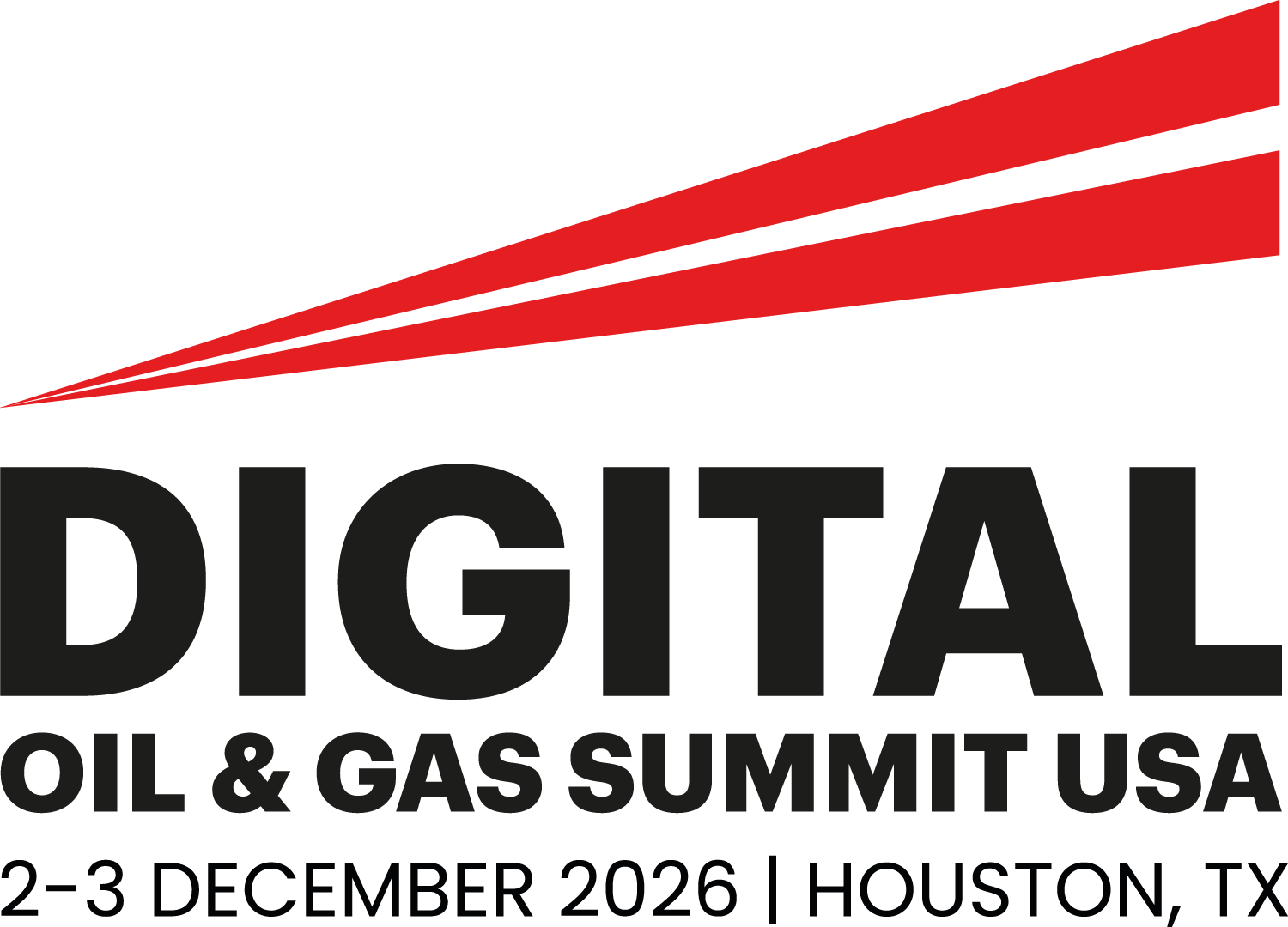As upstream operators face the dual pressure of containing costs and maximizing output, Artificial Intelligence (AI) has emerged as a transformative force—offering improved decision-making, reduced downtime, and optimized reserving.
📈 Drilling optimization and real-time steering
AI-powered well planning tools analyze geologic and historic drilling data to predict drilling challenges before they occur. In 2024, Reuters reported that major operators such as BP, Chevron and Devon Energy are now using machine learning to steer drill bits in real time—leading to an estimated 25% increase in drilling tempo for Devon and similar gains elsewhere.
In the Permian Basin—which now accounts for 46% of U.S. crude production—AI integration has dropped break-even costs from ~$90/barrel in 2012 to roughly $40/barrel today, according to Deloitte projections.
⚙️ Predictive maintenance reduces equipment downtime
Devon’s deployment of a machine learning system to process rig sensor and operation logs led to 25% fewer rig failures and an extension of equipment life. This translated to millions in saved capital expenditures and improved overall output.
🚁 Autonomous drones for inspections & emissions
Chevron’s use of drones equipped with hyperspectral sensors and AI-driven pattern recognition enabled comprehensive well pad visual inspections. The result? Detection of small emissive hotspots and anomalies up to 30% faster than traditional manual rounds—cutting downtime and leaks.
📊 Strategic impact: greater capital efficiency and lower carbon footprint
According to Deloitte’s 2025 Upstream Outlook, firms that adopted AI across drilling and inspection saw a 15–20% jump in capital productivity and a 7% drop in Scope 1 emissions just by improving operational efficiency.



























